The National Severe Storms Laboratory is saddened to announce the passing of Jean “J.T.” Lee, a pioneer who managed NSSL’s aircraft program when it began, leading to better weather-related safety. Lee was a scientists at…
Category: Forecast Research News
Researchers evaluating lightning data in Hazardous Weather Testbed
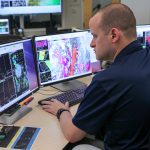
For the first time ever, lightning data from a weather satellite is available and being evaluated in the NOAA Hazardous Weather Testbed. Forecasters, researchers, product developers and broadcast journalists are analyzing recently available experimental data…
Weather Reports from Citizens Provide Research Input
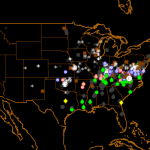
Is it raining, snowing or hailing where you are? Tell us about it! Report the weather at your location any time on the mPING app to help NOAA researchers and forecasters, and join citizen scientists…
Award winner to present NOAA Hazardous Weather Testbed work on improving severe weather forecasts

NSSL research meteorologist Adam Clark will present his work on improving severe weather forecasts during NOAA Science Days in June. Clark, a Presidential Early Career Award for Scientists and Engineers 2014 winner, is presenting on…
Researchers Begin Second Year of Tornado Study in Southeastern United States
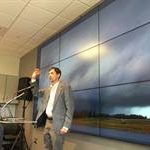
The second field observing campaign for the Verification of the Origins of Rotation in Tornadoes EXperiment-Southeast (VORTEX-SE) research program, coordinated by the National Severe Storms Laboratory, began March 8 and continues through May 8. A…
The 2013 Flash Flood and Intense Rainfall experiment (FFaIR)
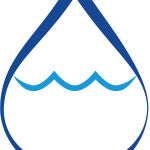
A team from NSSL will partner with the NOAA Hydrometeorological Testbed at the Weather Prediction Center to host the 1st annual Flash Flood and Intense Rainfall Experiment (FFaIR).
May 20, 2013 tornado outbreak experimental forecast products
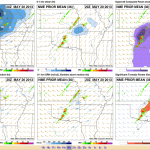
The Hazardous Weather Testbed Spring Forecast Experiment was in full operation on May 20, 2013 as the tornado tore through Newcastle and Moore, OK.
Field project begins to improve thunderstorm prediction
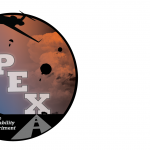
Today, researchers launched the Mesoscale Predictability EXperiment (MPEX) field project to collect data on pre-storm and post-storm environments in an effort to better predict where and when thunderstorms will form. MPEX runs from May 15 – June 15, and is funded by the National Science Foundation.
NSSL, partners: Thin, low Arctic clouds played an important role in the massive 2012 Greenland ice melt
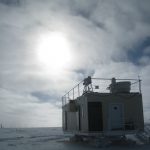
A team of scientists, including NSSL’s Dave Turner published a new study in Nature that showed how clouds over the central Greenland Ice Sheet last July were “just right” for driving surface temperatures there above the melting point.
High and Dry – Probing Greenland’s Atmosphere and Clouds
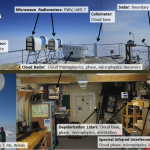
High atop the Greenland Ice Sheet, cloudy skies portend warmer temperatures and higher winds. These clouds alter the surface energy budget, diminish the strong near-surface atmospheric stability, and precipitate ice crystal to the surface.